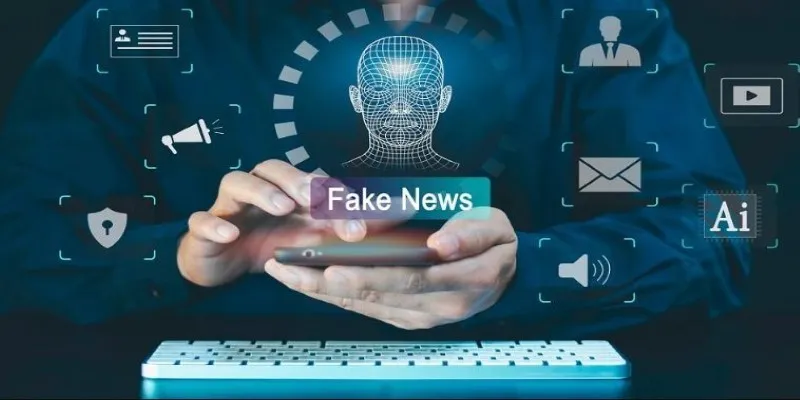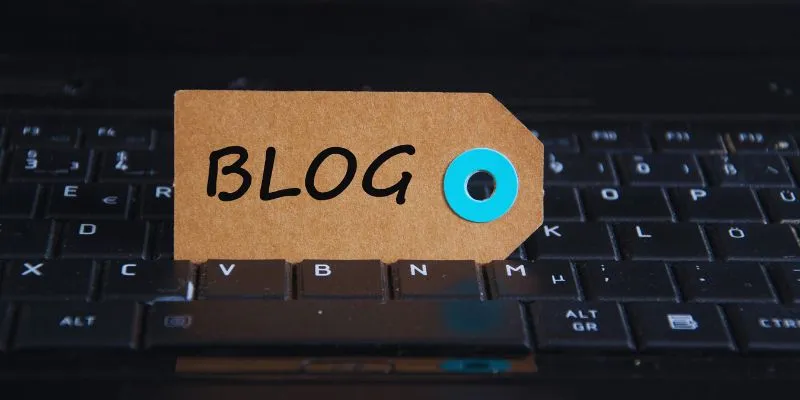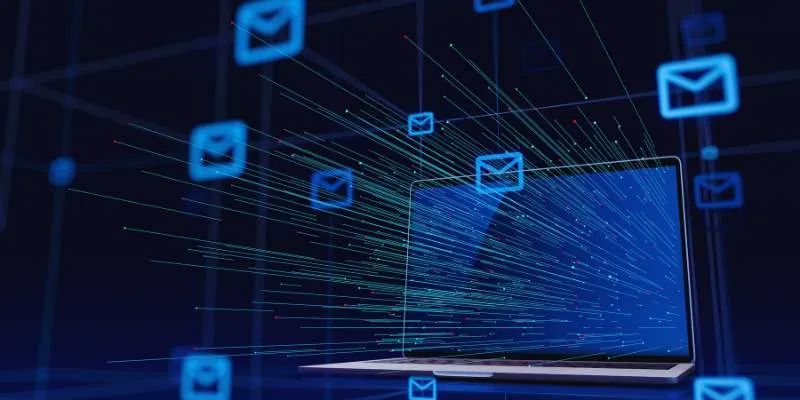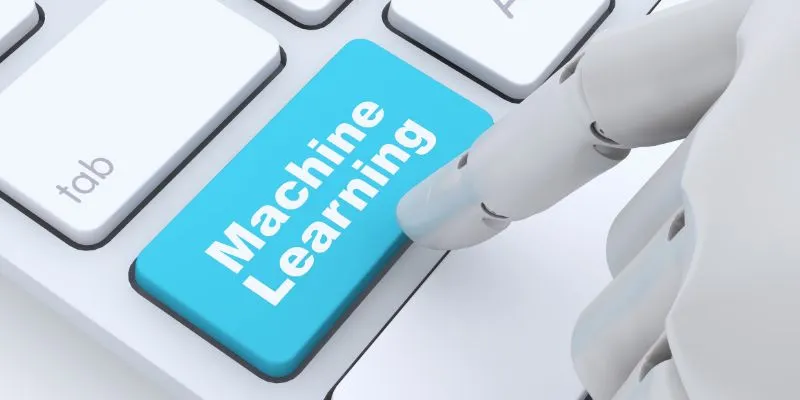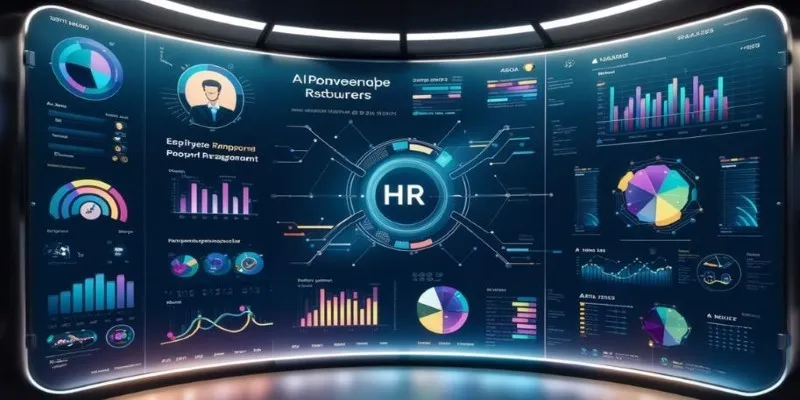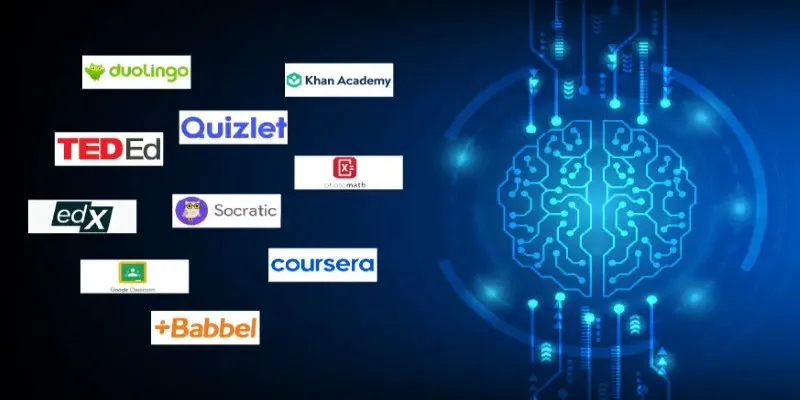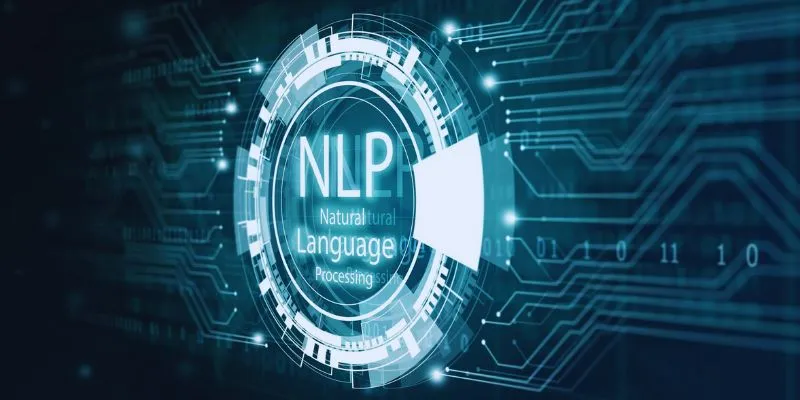The internet has always been a place where truth and fiction coexist, but with the rise of artificial intelligence (AI), this balance has shifted into a growing crisis. What was once limited to rumors or misleading headlines has evolved into a powerful force. Today, AI and misinformation shape opinions, fuel conversations, and challenge our perception of reality.
Deepfakes and fake news have become alarming tools of deception, leaving people unsure of what they can trust online. Photorealistic fake videos, audio recordings, and news articles quickly circulate on social media and news outlets. A technology designed to enhance communication is now increasingly used to manipulate and distort reality for harmful purposes.
The Mechanics of AI-Driven Misinformation
To understand the spread of AI-driven misinformation, it is crucial to know how this technology operates beneath the surface. At the core are advanced AI models like machine learning and neural networks. These systems are designed to learn patterns and replicate them with remarkable accuracy. Deepfakes and fake news leverage these tools to create content that appears genuine but is entirely fabricated.
Deepfakes take video and audio manipulation to an unprecedented level. They can swap faces in a video, clone voices, or even generate scenes and conversations that never occurred. Similarly, AI-powered fake news produces fabricated articles, doctored photos, or misleading social media posts — all crafted to evoke emotions, spread rumors, or promote false narratives.
The truly unsettling aspect is the ease with which anyone can create these fakes. What once required technical expertise can now be accomplished using free programs and websites. With just a few taps, users can generate realistic but entirely fabricated content. This accessibility makes deepfakes and disinformation one of the most pressing threats of the internet age, eroding trust and blurring the line between fact and fiction almost beyond recognition.
The Impact on Society and Trust
AI and misinformation are profoundly reshaping the digital landscape. One of the most significant casualties is trust in news organizations, public figures, and even personal relationships. Deepfakes and fake news have effectively blurred the line between fact and fiction, leading people to question even authentic content.

In politics, misinformation campaigns have been used to influence elections, damage reputations, and incite social unrest. Deepfakes and fake news have discredited opponents, spread propaganda, and polarized populations. The long- term effects are concerning, as once trust in information sources is lost, rebuilding it becomes an uphill battle.
In everyday life, individuals face new challenges in distinguishing real from fake. Imagine receiving a video call from a family member asking for sensitive information, only to later discover it was a deepfake created by cybercriminals. This threat is no longer science fiction; it is a real and personal danger.
Even journalism, a field grounded in fact verification, is struggling to keep pace. Journalists now dedicate significant time to analyzing whether videos or images are genuine before publishing them. The rise of AI-driven misinformation is forcing media outlets to rethink how they verify information in the age of deepfakes and fake news.
Why Do People Fall for Fake Content?
One of the most concerning aspects of AI and misinformation is how easily they can deceive people. Deepfakes and fake news are meticulously designed to appeal to emotions. They often confirm biases, fuel outrage, or present shocking claims that seem too urgent to ignore.
Humans are naturally drawn to dramatic or sensational stories. Misinformation creators exploit this tendency. A realistic video or headline that aligns with someone’s beliefs is more likely to be shared without fact-checking, allowing false information to spread rapidly. This phenomenon occurs not because people want to be misled, but because they are emotionally captivated before questioning its validity.
Social media platforms amplify this issue. Algorithms prioritize content that generates engagement, irrespective of its accuracy. As a result, deepfakes and fake news often receive far more attention than verified information.
Fighting Back – The Role of Technology and Awareness
While the challenge of AI and misinformation is daunting, efforts are underway to combat its spread. Ironically, the same technology that creates deepfakes and fake news is also being used to detect and fight them. AI-driven tools can analyze video frames, audio frequencies, and digital footprints to identify inconsistencies that suggest manipulation.

Tech companies are investing heavily in building systems to flag or remove misleading content. Social media platforms use algorithms to detect deepfakes and fake news before they go viral. However, these systems are not foolproof. Misinformation creators continuously adapt, finding new ways to bypass detection methods.
Beyond technology, awareness and education are critical in this fight. Individuals need to develop a healthy skepticism toward online content. Fact- checking websites, digital literacy programs, and media education can empower users to question what they see and share.
Governments and regulatory bodies are also intervening, though their approaches vary widely. Some countries are introducing laws to criminalize the creation or distribution of deepfakes and fake news, especially when used maliciously. However, the line between regulation and censorship is thin, and finding the right balance is an ongoing challenge.
Ultimately, combating AI and misinformation will require a collective effort. Technology can help, but human judgment, critical thinking, and responsible digital behavior will be just as important in preserving truth online.
Conclusion
AI and misinformation have fundamentally changed our online experience. Deepfakes and fake news are no longer rare; they are pervasive, subtly shaping opinions and spreading falsehoods. The future of online trust depends on awareness, responsibility, and smart technology use. While AI tools created this problem, they can also be part of the solution. Staying alert, verifying information, and thinking critically are essential steps we must take to protect the truth in a digital world dominated by misinformation.
 zfn9
zfn9
